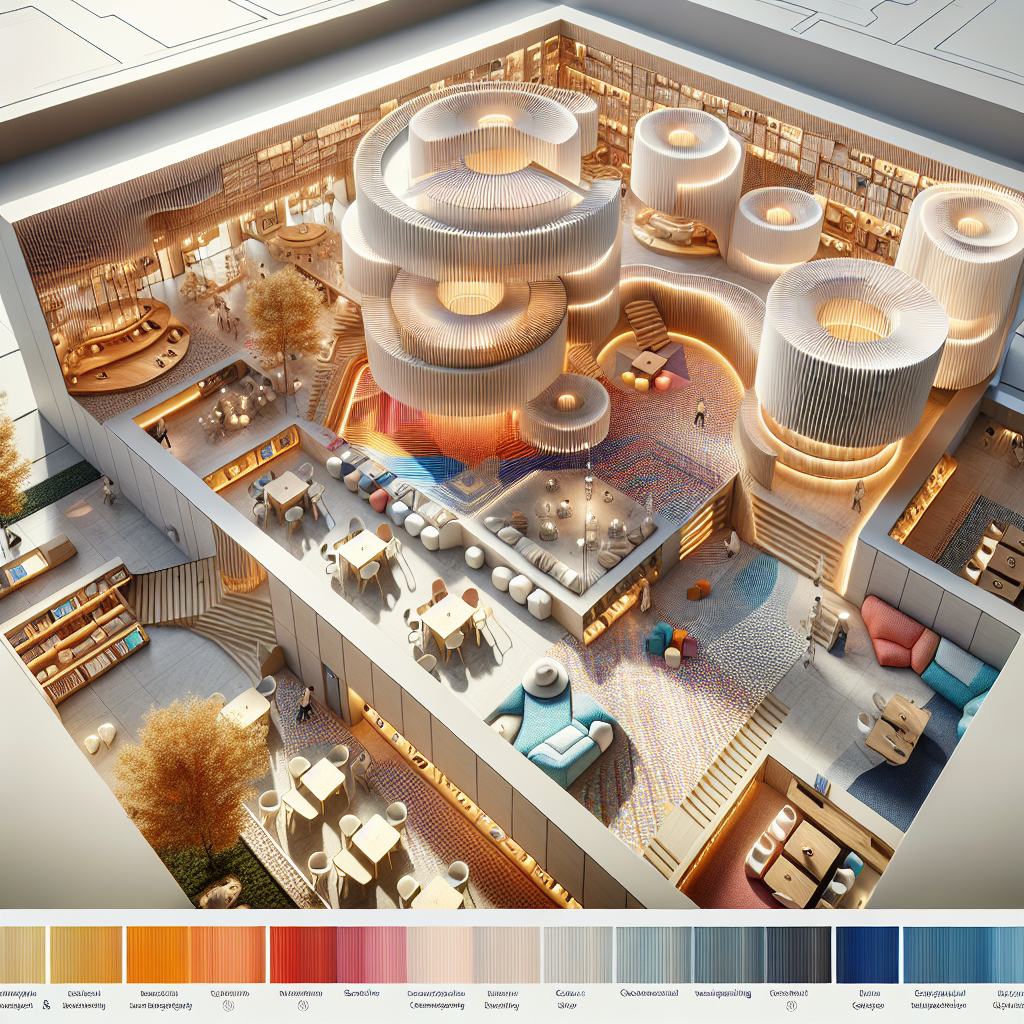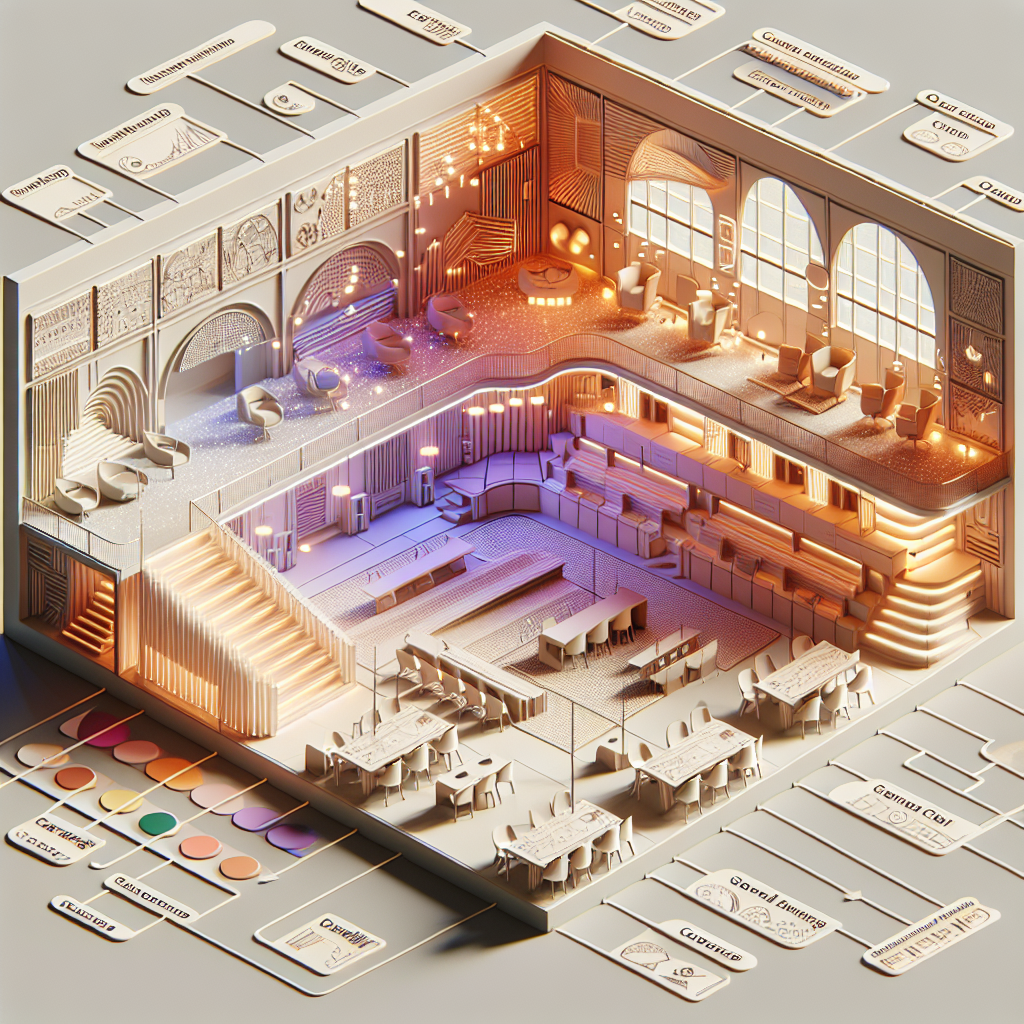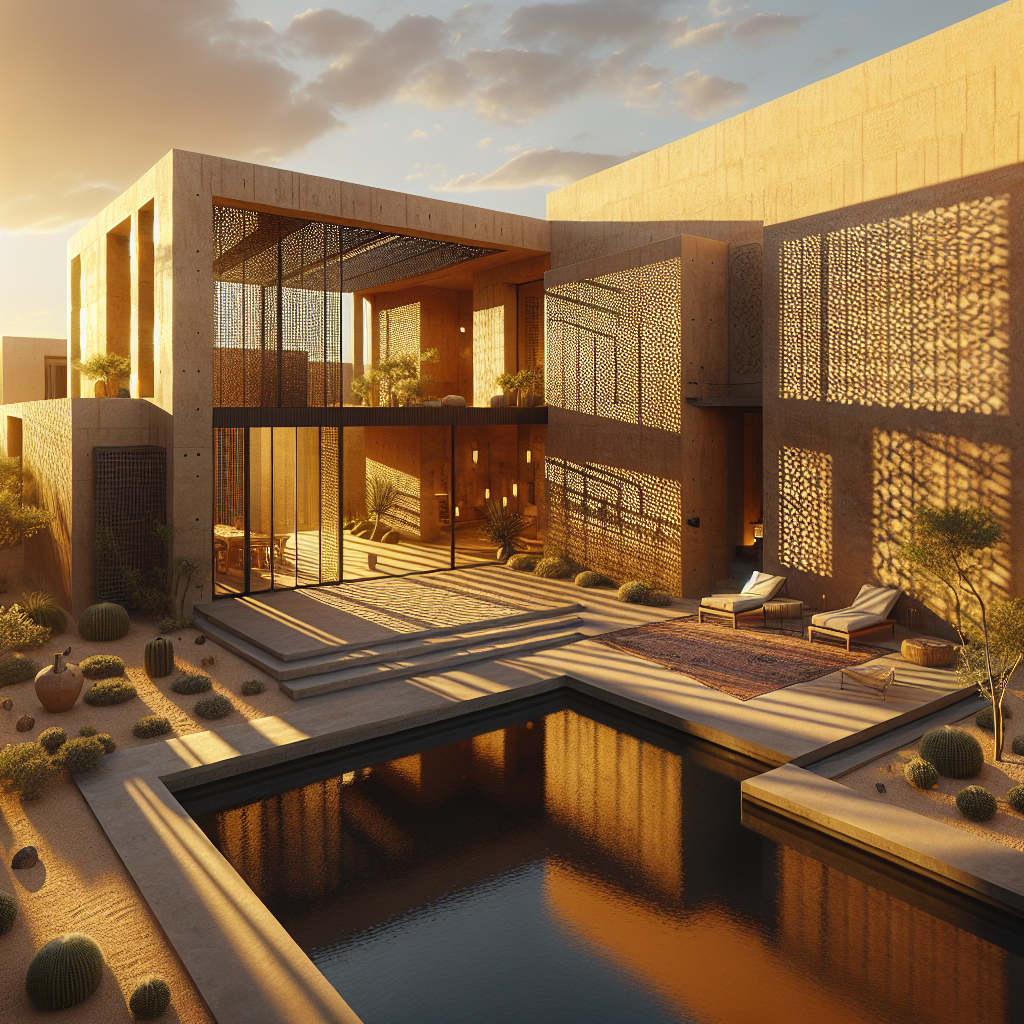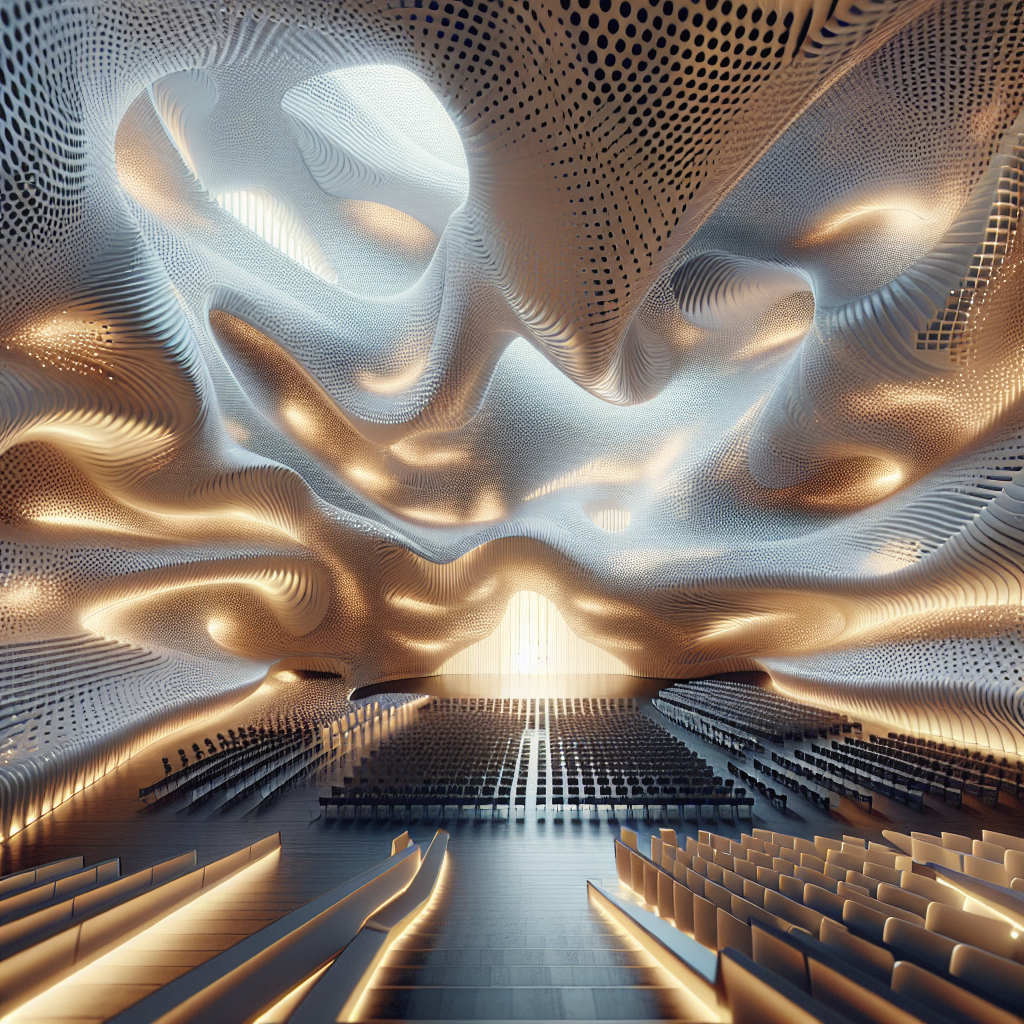Designing for Neurodiversity: How Can We Improve Built Environments?

Embracing Neurodiversity in Design: Crafting Inclusive Spaces
In the realm of contemporary design and architecture, a paradigm shift is occurring—one that embraces the full spectrum of human diversity. Neurodiversity, a term that encompasses a variety of neurological differences such as autism, ADHD, dyslexia, and others, is gaining recognition as an essential factor in the creation of built environments. As we delve into the nuances of designing for neurodiversity, it becomes clear that the traditional one-size-fits-all approach is rapidly becoming obsolete.
The essence of inclusive design lies in its ability to cater to a broad range of sensory experiences, cognitive functions, and movement patterns. By adopting principles that consider the neurodiverse population, architects and designers can craft spaces that not only accommodate but also empower individuals with neurological differences.
Understanding Neurodiversity and the Built Environment
Neurodiversity is a concept that recognizes and respects neurological differences as natural variations of the human genome. This perspective challenges the notion of ‘normal’ and promotes the acceptance of various cognitive abilities as part of the rich tapestry of humanity. The built environment, which encompasses all man-made spaces where we live, work, and play, holds a significant impact on the well-being of neurodivergent individuals. Designing for neurodiversity thus requires a deep understanding of how these environments can either support or hinder the unique ways in which neurodivergent people interact with their surroundings.
Key Strategies for Neurodiverse-Friendly Design
To create spaces that are truly inclusive, designers must employ a range of strategies that address the diverse needs of the neurodivergent community. This includes considerations for sensory sensitivity, providing options for varying levels of social interaction, and ensuring clear and consistent wayfinding.
Sensory-sensitive design minimizes overstimulation through the careful selection of materials, lighting, and acoustics. For instance, the use of non-fluorescent lighting can reduce visual stress for those sensitive to flicker and glare. Similarly, incorporating sound-absorbing materials can create a more calming auditory environment, essential for individuals who may be overwhelmed by noise.
Social spaces can be designed to offer a spectrum of interaction opportunities, from communal areas that encourage engagement to private nooks that provide respite. Flexibility is key, allowing occupants to choose their level of social exposure based on personal comfort and needs.
Wayfinding is another critical component, as consistent and intuitive navigation aids can alleviate anxiety for those who may find complex layouts challenging. The use of color coding, symbols, and tactile cues can greatly enhance the ability of neurodivergent individuals to move confidently through a space.
Case Studies: Pioneering Neurodiverse Design
Trailblazing projects around the globe are setting the standard for neurodiverse-friendly design. The Maggie’s Centres, a network of support spaces for cancer care, are exemplary in their use of calming materials and thoughtful spatial organization to cater to individuals undergoing stressful treatments, many of whom may also be neurodivergent.
Educational institutions are also at the forefront, with schools like the Cooke School and Institute in New York embracing design principles that support both neurodiverse and neurotypical students. These environments prioritize flexibility, sensory balance, and inclusivity, fostering a supportive learning atmosphere for all.
Overcoming Challenges and Pushing Boundaries
Despite the progress made, designing for neurodiversity is not without its challenges. Budget constraints, lack of awareness, and resistance to change can all impede the adoption of inclusive design practices. Yet, the benefits of such environments—increased accessibility, improved mental health, and enhanced productivity—make a compelling case for their implementation.
Forward-thinking designers and architects are pushing the boundaries of what is possible, advocating for a shift in mindset that recognizes the value of neurodiverse perspectives. By doing so, they are not only creating spaces that are more humane and welcoming but are also driving innovation within the field of design.
Designing for the Future: Neurodiversity as a Guiding Principle
As we look to the future, it is clear that neurodiversity must become a guiding principle in the design and architecture industries. By embracing the full range of human experience, we can create built environments that are not only functional but also nurturing and life-enhancing.
It is our collective responsibility to ensure that our spaces reflect the diversity of those who inhabit them. Through continued research, collaboration, and a commitment to inclusivity, we can pave the way for a more empathetic and understanding society—one building at a time.
The conversation on neurodiversity in design is ongoing, and resources such as Manifesto’s article on neurodiversity in workplace design provide valuable insights into how we can better accommodate neurodivergent employees. Similarly, discussions on innovative educational spaces and sustainable architecture trends on Manifesto.com highlight the interconnectedness of inclusivity, innovation, and sustainability in modern design practices.
By fostering environments that celebrate and support neurodiversity, we not only enhance the lives of neurodivergent individuals but also enrich our collective human experience. It is a journey that requires empathy, creativity, and a willingness to challenge the status quo—a journey well worth embarking upon.






